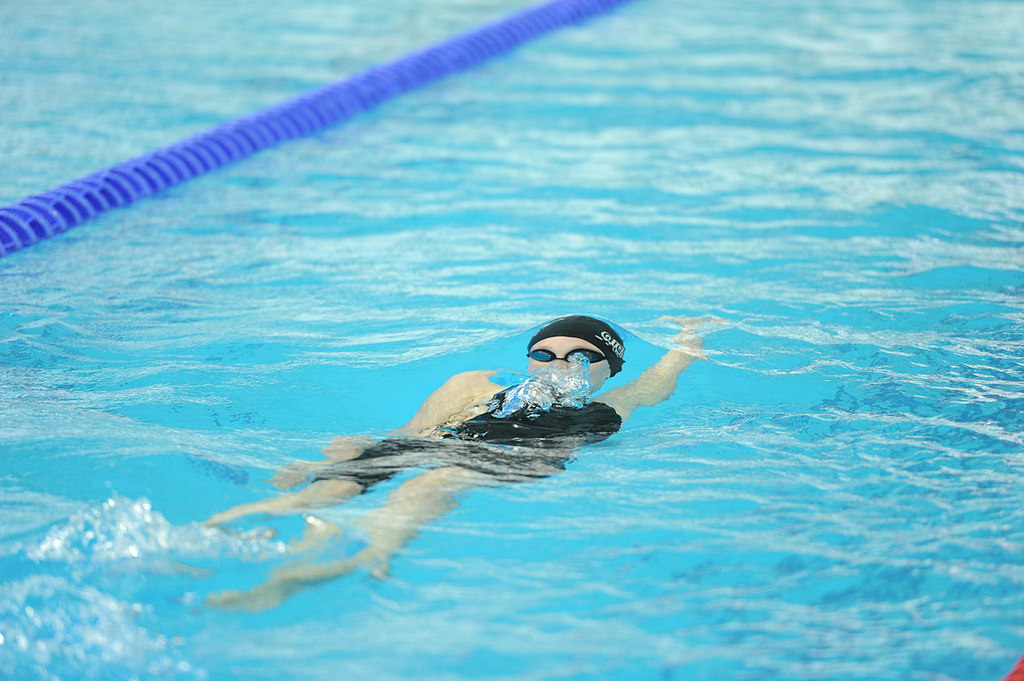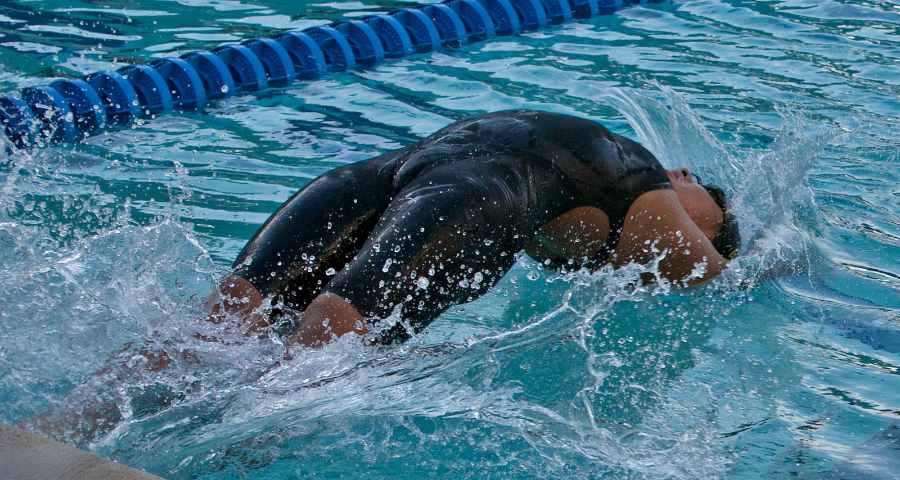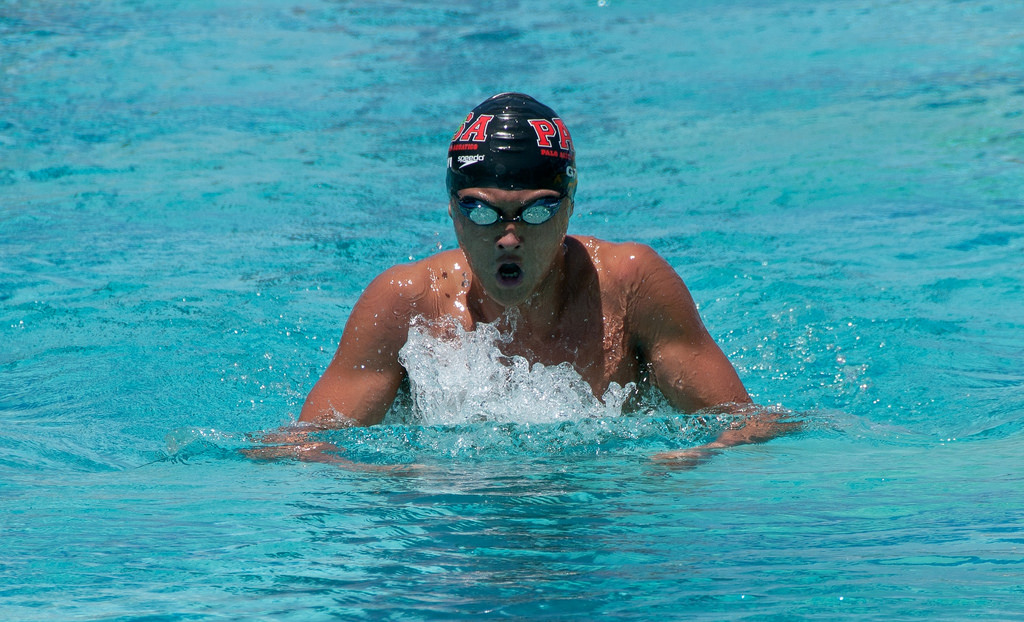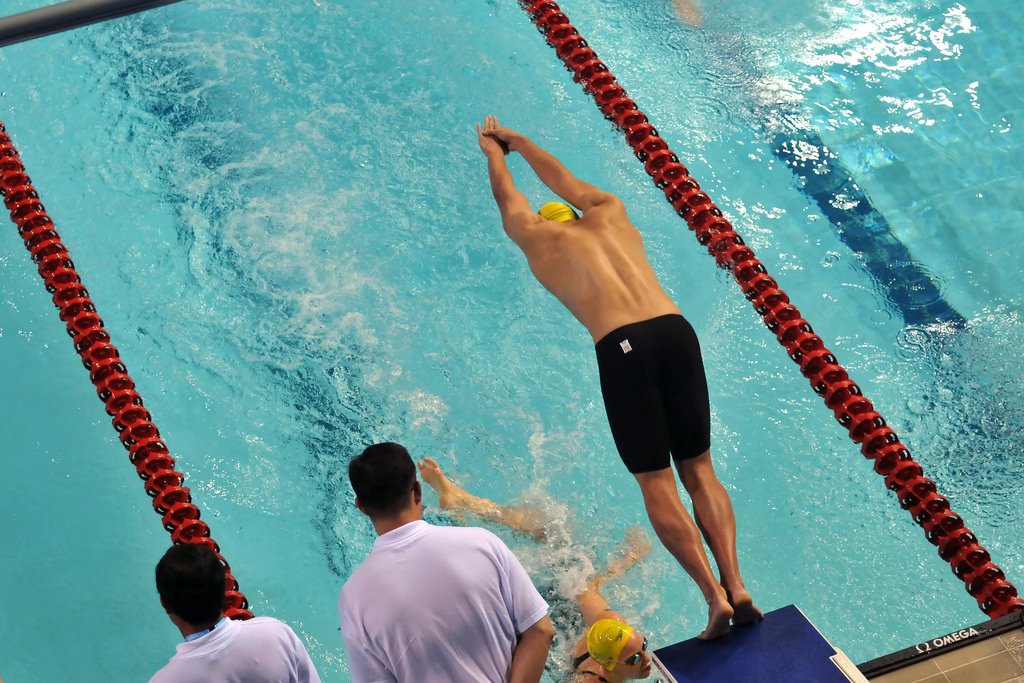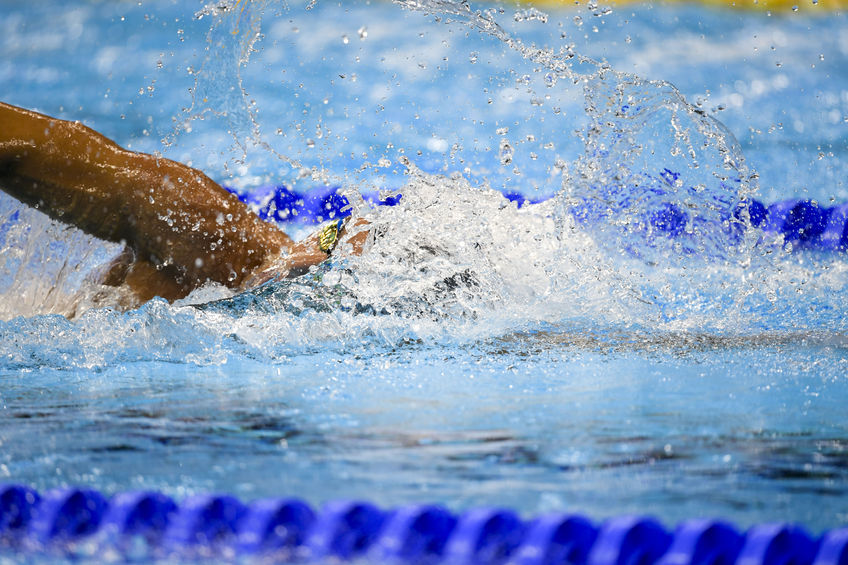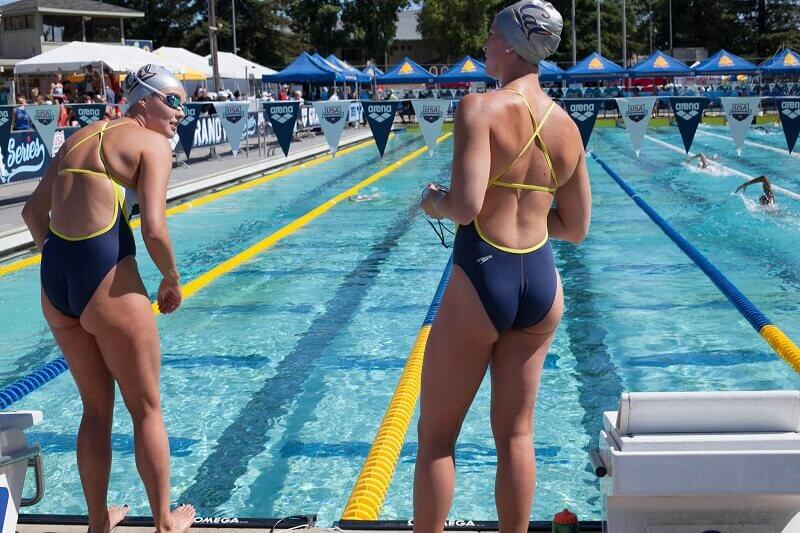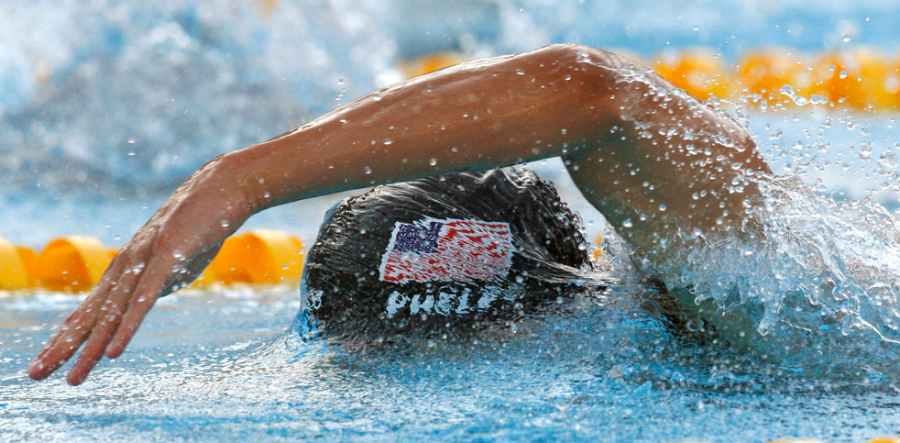Before you begin using swim paddles, you should know that your coach will determine what size paddle you should use.
Paddle sizes can vary by 10% or more, and different swim paddle styles are intended to focus on different aspects of your stroke.
There are three general sizes that you should consider when you’re starting out.
Technique
Swim paddles can make swimming easier for beginners, especially if they are made of a flexible material. They are available in different shapes, and some have holes to let water flow through them. Choose the size that fits your hand and wrist comfortably. Avoid paddles with protruding surfaces, as they can change the path of your hand underwater and interfere with your stroke technique. A qualified swim coach can help you choose the appropriate paddle size.
One of the benefits of swim paddles is that they can help beginners build muscle and speed. Using them in the beginning can help beginners avoid shoulder injuries. Paddles are also useful when doing swim drills. They can add variety to sets and workouts.
They can be used as an alternative to handstroke, or during odd rounds of the main set or for a certain rep within a set. But, you should slowly increase your use of swim paddles, and make sure to save your shoulder muscles from any stress or strain. Too much paddle use can lead to injuries.
Size
When selecting a swim paddle, size is an important consideration. The bigger the paddle, the more resistance it will provide. For beginners, start by choosing one that is slightly larger than your hand, and then graduate to a larger paddle as your technique and strength develops. In addition to paddle size, the design of the paddle can affect how much resistance it provides.
Beginner swimmers should choose paddles that are easy to grip and do not require a wrist strap. They should also consider a paddle with a single hole for the centre finger, as that will help them keep their position in the water. For advanced swimmers, however, removing the wrist strap is an option.
Size of the paddle
When swimming with a swim paddle, it is imperative that you choose the right size for your body. While you may be able to increase the size of your swim paddle as you advance, you should not start too large, as this can cause injuries and stress on your shoulders. Choosing the appropriate size will allow you to build up your strength and technique while swimming.
You should purchase a swim paddle that fits your hand comfortably. Some swimmers complain that the hand paddles do not have a wrist piece, which is a necessary component for a beginner’s technique. A wrist piece is also useful for beginners, since it can help them catch the water.
Beginners should avoid paddles that have a pointed end, as they may cause problems with their shoulders. Alternatively, you can opt for a swim paddle that has a curved top edge that helps you pull water out smoothly.
Mistakes to avoid with hand paddles
When using hand paddles for swimming, you need to know the proper technique. It is very important to hold the paddle at the right angle so you can get leverage on the blade. Also, it is important to reach forward and plant your hand halfway up the shaft. If you put your hand too far back in the water, you will just throw water behind you. Instead, plant your hand about halfway down the shaft and reach forward as you paddle.
One common mistake is not keeping the wrist strap on the paddle. This can cause bad habits. You might get accustomed to using a hand paddle without thinking about your wrist. To avoid this mistake, you should try using a strapless paddle that you can attach to your middle finger. This paddle will prevent you from forgetting to keep the wrist strap on your hand and will prevent you from accidentally knocking it off.
Removing wrist straps from hand paddles
Getting rid of the wrist straps on hand paddles for beginners can be a great training tool. Not only does this help you develop proper technique, but it also prevents you from developing bad habits. By removing the straps, you can easily check your technique and find out which areas need improvement.
The wrist straps can cause swimmers to develop bad habits, such as having a slow stroke and straining the elbow tendons. By removing the wrist straps, beginners will be able to quickly and easily learn proper technique and develop a fast and efficient stroke.
Signs that the paddle is too large
When you first start swimming, the size of your swim paddle is very important. It determines how much resistance you will feel while you’re in the water.
A larger paddle will require more effort to move through the water. Beginners should start with a paddle that is about 10% bigger than their hands. As they become more comfortable, they can move up to a larger paddle.
Some paddles have straps or rubber tubing to attach to the hand. Make sure the straps are secure but not too tight. A swimmer needs to have their paddles to stay in place when they’re pushing off the wall, but they also don’t want to cut off circulation to their hands. To adjust the straps, tug on one end until you feel snug.

